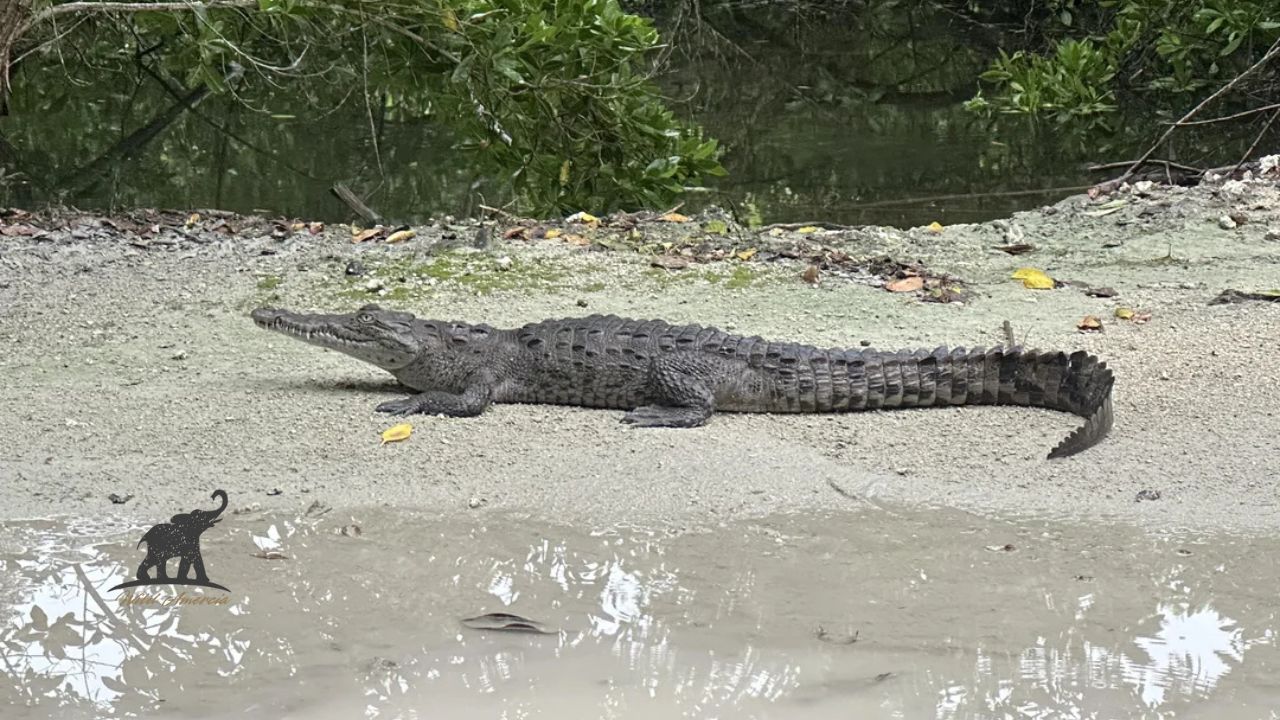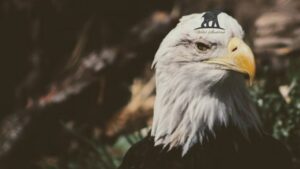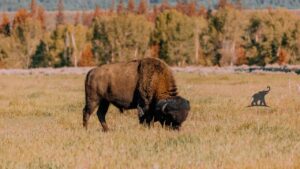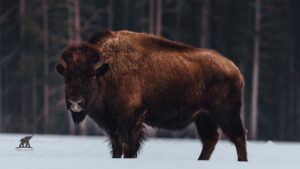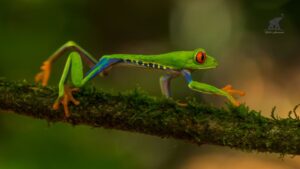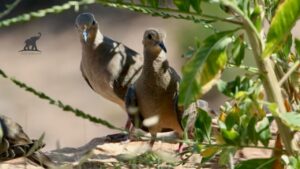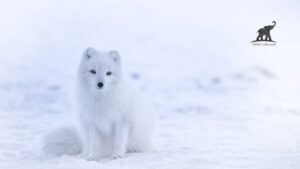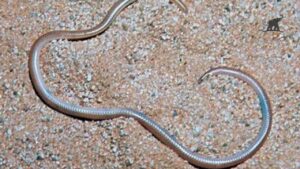The baby American crocodile is a wonder of wildlife, which has impressed the nature observers and wildlife enthusiasts alike. Undeniably, they hatch in the natural beauty and dangers; however, these newborn offer a glimpse into initial stages of one of the most fascinating reptiles. This article will explore their habitats, challenges that they face and their distinctive characteristics!
Some quick facts Baby American Crocodile
| Characteristic | Details |
| Scientific Name: | Crocodylus acutus |
| Average Length at their birth: | 7 to 10 inches |
| Habitat: | Coastal wetlands, river mouths, lagoons, and mangroves |
| Diet: | Fish, insects and small crustaceans |
| Status: | Vulnerable |
| Locations Found: | Southern Florida, Caribbean Islands, Central and South America |
What Makes Baby American Crocodiles Special?
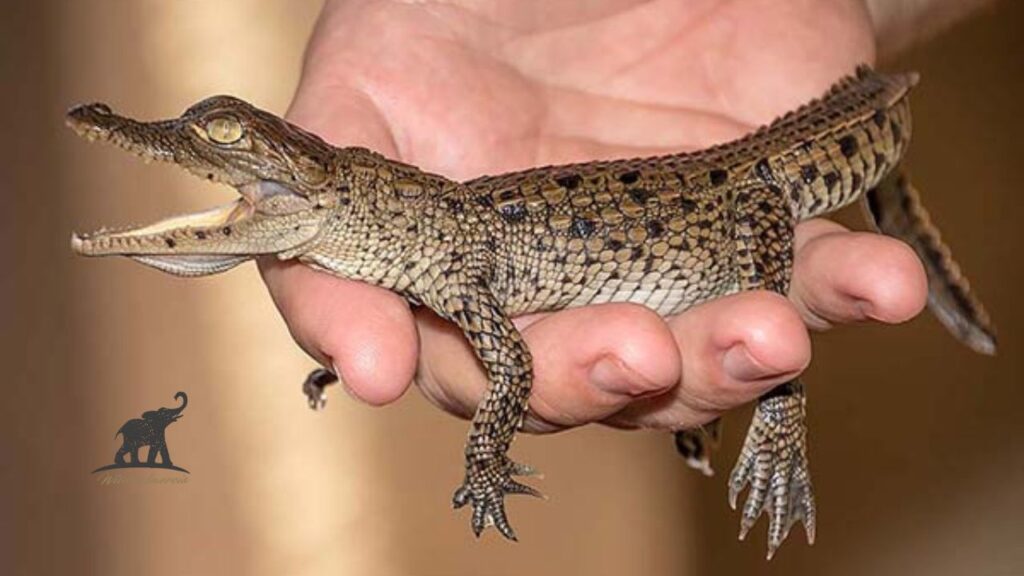
Mother incubates the eggs for 80 to 90 days, during this time temperature plays a vital role in sex determination. After hatching, these newborn are independent but still get protection from their mothers, this behavior is very distinctive in these reptiles.
On birth Baby American crocodiles are very fragile; and they act as prey for predators animals like birds, raccoons and even large fishes. Maximum 5% of hatchlings survive to adulthood, evidence to their terrifying beginnings.
Habitats of the Baby American Crocodile
The they can live in various habitats, but they prefer warm, brackish water where they enjoy and thrive well. These newborn charming reptiles are mostly found in environments like lagoons, mangroves and river mouths, where they avail maximum require food, and optimum water temperatures also add an additional benefit.
Their adaptation in the Southern Florida is a testament, as these young crocodiles can also be found in human-made canals and ponds. Nevertheless, they face severe threats to their existence from climate change and demolition of their habitats.
Diet and Feeding Behavior
Primarily, they feed on small organisms. They typically feed on the following:
- Fish
- Crustaceans (shrimp, small crabs)
- Aquatic insects
Challenges Facing Baby American Crocodiles
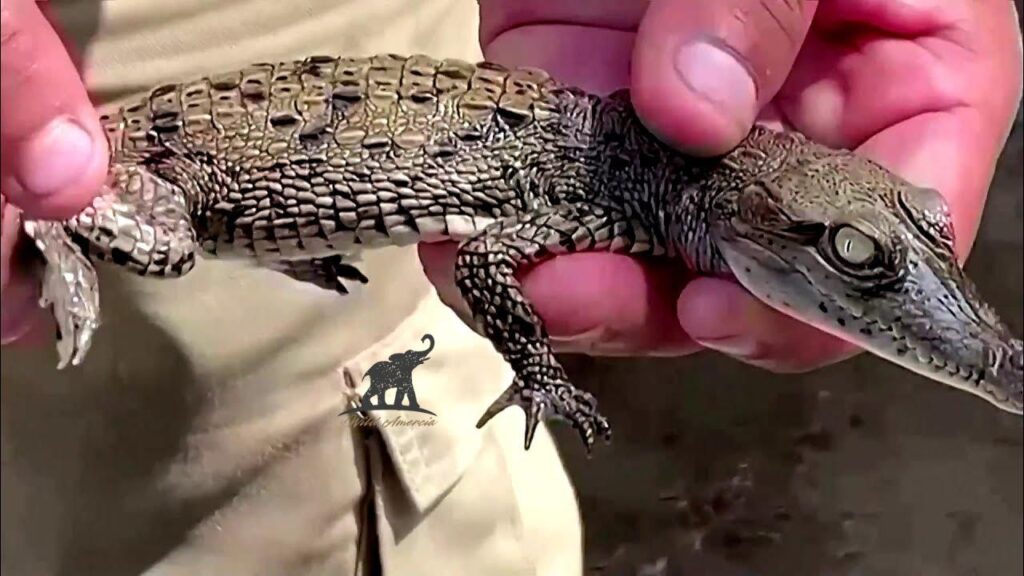
Conservation of baby American crocodiles is a challenge. They are facing habitat loss, poaching, as well as natural predation and more. Furthermore, Sea level is also increasing day by day due to climate change; which is posing serious threat to their coastal as well as mangrove habitats. Undeniably, human involvement has played a double role. Nevertheless, on the one hand, conservation programs have assisted to stabilize some populations, while urbanization has seriously impacted the natural habitats of baby American crocodiles.
What Conservationists Are Doing:
- Nesting protection program is initiated by different wildlife organizations in various regions like Florida.
- Educational movements also encourage humans to co-exist with these charming and beautiful, peaceful crocodiles.
FAQs About Baby American Crocodiles
1. How many days baby American crocodiles stay with their moms?
To get protection from predators Baby American crocodiles stay with their moms for many weeks.
2. Is baby American crocodiles make noise?
Yes, they make noise by releasing high-pitched chirps, specifically when calls their mother for help.
3. Is there any effect of climate change upon baby American crocodiles?
Yes, rising sea level due to climate change is posing serious impact on the nesting and survival of baby American crocodiles.
4. Is there any place to see baby American crocodiles safely in the wild?
Yes, you can safely spot baby American crocodiles in the Everglades National Park in Southern Florida in their natural habitat.
5. How fast do baby American crocodiles grow?
Various factors affect the growth rate of baby American crocodiles like conditions of habitat as well as food availability.
Final Thoughts
Nature’s delicate balance, resilience and beauty are characteristics that are showcased by the baby American crocodile. Whereas they start small and vulnerable, these little reptiles have a fighting essence that confirms their species’ survival against the odds. Whether you’re a wildlife enthusiast or just someone curious about these remarkable creatures, observing them in their natural habitat is an unforgettable experience.
Admin Recommendation
Cottonmouth Snakes in North Carolina (NC): Key Facts
The Fascinating World of Arctic Fox Fur
Experience the Majesty of Elk and Bison Prairie, KY
Cottonmouth Snakes in North Carolina (NC): Key Facts
Bald Eagle Spiritual Meaning: A Guide to Symbolism and Significance
The Appealing Charm of Ragdoll Kittens
Where to Find Arctic Fox Fur in AC Valhalla
The Barbados Threadsnake: Unveiling the World’s Smallest Snake
American Eskimo Dog: A Comprehensive Guide to This Charming Breed

